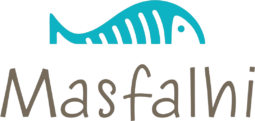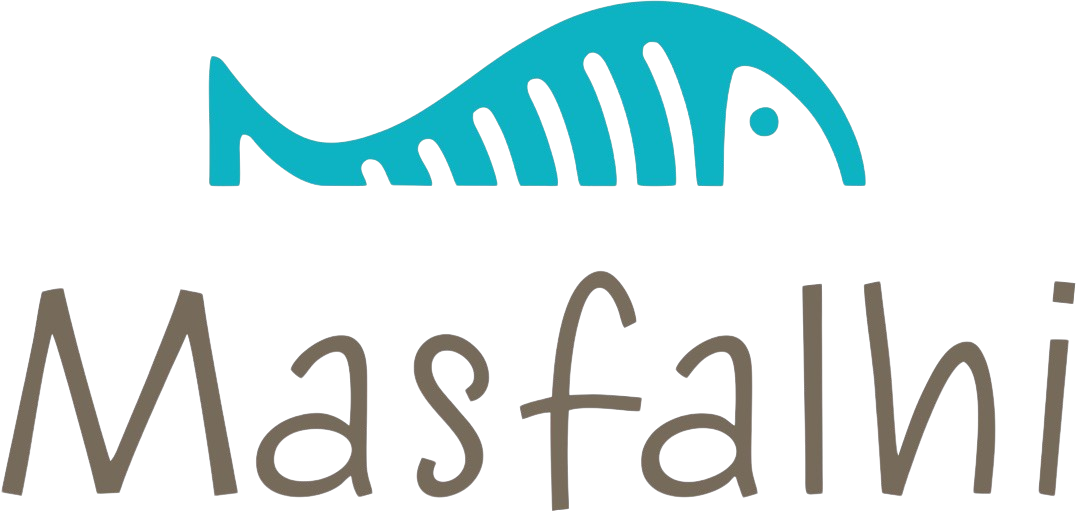This straightforward approach allows organizations to predict and manage their expenses more efficiently, ensuring a consistent representation of asset values on their financial statements. This method is quite easy and could be applied to most fixed assets and intangible fixed assets. The straight-line depreciation method considers assets used and provides the benefit equally to an entity over its useful life so that the depreciation charge is equally annually. The Straight-Line Method is a simple and effective way to account for asset depreciation.
- Other methods, such as the double declining balance or the units of production method, allocate varying amounts of depreciation expense during different periods of the asset’s useful life.
- Depreciation and amortization are the conventions companies use to attain the matching objective.
- The declining balance method of depreciation does not recognize depreciation expense evenly over the life of the asset.
- By employing this method, businesses can distribute an equal amount of depreciation expense for each year of the asset’s useful life.
- Heavy machinery experiences significant wear in early years, justifying accelerated depreciation for better cash flow.
- Most often, the straight-line method is preferred when it is not possible to gauge a specific pattern in which the asset depreciates.
Double-Declining Balance Method
The straight line basis simply allocates the expense equally into each period of its useful life, which smooths the expense and ultimately net income. Depreciation and amortization are the conventions companies use to attain the matching objective. Straight line basis is also used to amortize fixed and intangible assets, such as software and patents. Depreciation of fixed assets is similar to amortization, and in both, the straight line basis is commonly used to calculate the expense amount.
Sample Full Depreciation Schedule
- If the results of calculating the basis were graphed, it would appear as a straight line, hence the name.
- Straight line basis is the simplest technique used to compute the value loss of an asset over its useful life.
- We know that asset depreciation applies to capital expenditures, or items of equipment or machinery that will be used to generate income for your organization over several years.
The accumulated depreciation, which is a contra asset account, is used to represent the total depreciation expense that the asset has accumulated over its useful life. The straight-line depreciation method is one of the most widely used and easiest ways to allocate the cost of accounting straight line method an asset over its useful life. It assumes that the asset loses value evenly over time, regardless of its usage in any given period.
Straight-Line Depreciation Method
Depreciation is a measure of how much of an asset’s value has been depleted over the depreciation schedule or period. This is where Wafeq simplifies the entire process with intelligent automation and full control. Additionally, the straight line basis method does not factor in the actual physical rapid loss of an asset’s value in the early years of its life. At the same time, it does not take into consideration the fact that an asset will likely require more maintenance as it ages. Recording depreciation and amortization is in accordance with accounting’s matching principle.
Because of this, the declining balance depreciation method records higher depreciation expense in the beginning years and less depreciation in later years. This method is commonly used by companies with assets that lose their value or become obsolete more quickly. Once depreciation has been calculated, the expense must be recorded as a journal entry. The journal entry would be used to record depreciation expenses for a specific accounting period and can be manually entered into a ledger. The Straight-Line Method is the simplest and most widely used depreciation method.
Step-by-Step Calculation:
This entry represents the decrease in the asset’s value over time and increases the accumulated depreciation balance, which is a contra-asset account. Straight line method is also convenient to use where no reliable estimate can be made regarding the pattern of economic benefits expected to be derived over an asset’s useful life. Straight line depreciation method charges cost evenly throughout the useful life of a fixed asset.
Can straight line depreciation be used for tax purposes on real estate properties?
It spreads the cost of an asset evenly over its useful life, resulting in the same depreciation expense each year. Thus, Company X only needs to expense $950 instead of writing off the asset’s full cost in the current accounting period, which is what would happen under the cash basis of accounting. Furthermore, the company will continue to expense $950 annually until the book value of the asset reaches the salvage value of $1,500. On the other hand, the straight-line method ignores variations in usage or output during the asset’s useful life. This makes it simpler to apply and understand but may not reflect the actual consumption of economic benefits.
Logistics Company
The Eastern Company will allocate a depreciation of $3,200 to all the years of the useful life of the fixed asset. So, the company will record depreciation expense of $7,000 annually over the useful life of the equipment. Now, consider an example to illustrate the straight-line method depreciation for a fixed asset. To calculate depreciation using a straight-line basis, simply divide the net price (purchase price less the salvage price) by the number of useful years of life the asset has.
This technique is used when the companies utilize the asset in its initial years as the asset is more likely to provide better utility in these years. However, the expenditure will be recorded in an incremental manner for reporting. This is done as the companies use the assets for a long time and benefit from using them for a long period. Therefore, although depreciation does not exhibit an actual outflow of cash but is still calculated as it reduces companies’ income; which needs to be estimated for tax purposes. Then the depreciation expenses that should be charged to the build are USD10,000 annually and equally. This method does not apply to the assets that are used or performed are different from time to time.


